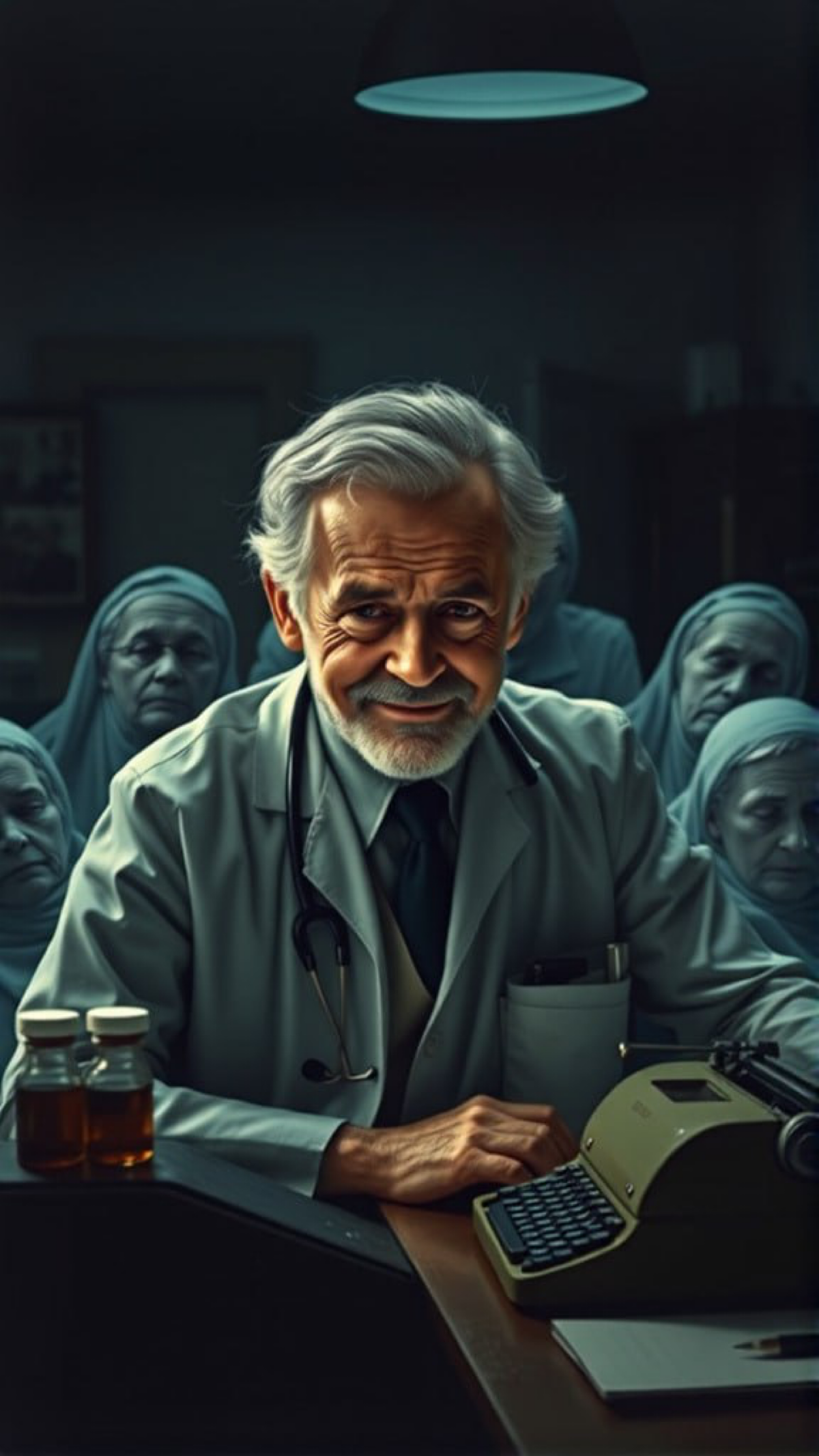British Serial Killer
Harold Shipman was a well-respected doctor in England who, behind that facade, was actually one of the most notorious serial killers, responsible for around 250 deaths. Born on January 14, 1946, Shipman grew up as the middle child, particularly favored by his mother, Vera. She kept a tight grip on his life, controlling his friendships and activities, which led to a pretty lonely childhood. But this also pushed him to aim high. When Vera developed lung cancer during his teenage years, Harold was the one who looked after her. Watching the doctors administer morphine to ease her pain sparked a fascination in him, a moment that played a big part in his decision to become a doctor.
He started medical school in 1965, and at first, it seemed like he genuinely wanted to help people. He married Primrose in 1966, graduated in 1970, and kicked off his medical career at Pontefract General Infirmary. He quickly made a name for himself as a competent and hardworking doctor. But by 1974, after joining the Abraham Ormerod Medical Center, his arrogance began to show. He mistreated nurses and staff, especially if they dared to disagree with him.
In 1975, he raised eyebrows when he acquired way more pethidine than he should have - a drug similar to morphine, which he was using himself. An investigation was launched, but his colleagues stood by him, and the case was closed. However, his behavior only got worse. He started having blackouts, and his dependency on pethidine became more apparent. Eventually, he was caught, fined, and sent to rehab. Shockingly, he was still allowed to practice medicine after all this.
By 1977, Shipman was working at the Donneybrook practice in Hyde, where he was known as a caring and attentive doctor, especially to elderly patients. In 1992, he set up his own clinic, and many of his old patients followed him, charmed by his demeanor and dedication. But strange things started happening: many of his patients, mostly elderly women, died peacefully and suddenly under his care.
Dr. Linda Reynolds, who worked nearby, noticed that Shipman had an unusually high number of deaths among his patients. Deborah Bambroffe, a funeral worker, also saw a pattern - many of Shipman’s deceased patients had been healthy, lived alone, and often died with Shipman either being there or finding them shortly after. Despite these warning signs, the initial police investigation, led by Dr. Banks who respected Shipman, found no evidence of foul play.
Shipman’s house of cards began to crumble when he killed 81-year-old Kathleen Grundy in June 1998. Grundy, who was lively and in good health, died suddenly, and Shipman put it down to old age. But Grundy’s daughter, Angela Woodruff, a lawyer, got suspicious when she found a new will that left all of her mother’s assets to Shipman. She reported it to the police, who decided to take another look at Shipman.
When the police raided his house, they found a typewriter that matched the one used to forge Grundy’s will. A post-mortem examination revealed lethal levels of morphine in her system. On September 7, 1998, Shipman was arrested for the murder of Grundy and for forging her will. As investigators dug deeper, they found that at least fourteen of his patients had been poisoned with morphine.
His trial started on October 5, 1999. The prosecution argued that Shipman killed because he enjoyed the power it gave him, a common trait among serial killers. They showed toxicology reports that revealed morphine in the bodies of his patients, even though there were no records of him prescribing it. Witnesses also spoke about his suspicious behavior, like Elizabeth Hunter, who found her neighbor Jean dead right after Shipman had visited.
#ужасы #english #horror #story


